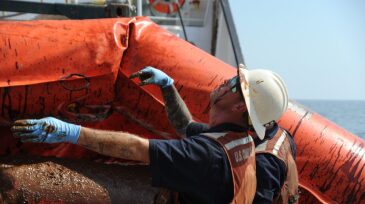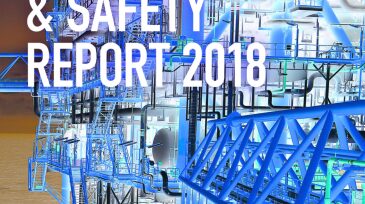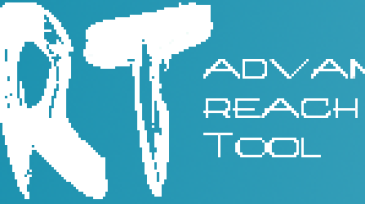Health
The National Institute for Occupational Safety and Health and its predecessor, the US Bureau of Mines, have significantly contributed to enhancing the safety of miners and to applying new technologies to the mining industry.
TechnipFMC diver Stuart Cowie shares his 17-year experience working as a saturation diver in the oil and gas industry and how to manage mental health and well-being during the often-isolating work demands.
This paper describes how a global energy technology company developed a mental health first aid program to provide workplace access to a trained mental health responder and how this initiative helps raise awareness of the importance of good mental health in the workplace.
-
Levels of stress and mental health problems among UK workers are at a 17-year high, according to the latest injury and ill health statistics published by the Health and Safety Executive.
-
The response to the 2010 Deepwater Horizon oil spill was affected by heat. This paper evaluates the association between environmental heat exposure and self-reported heat-related symptoms in US Coast Guard Deepwater Horizon disaster responders.
-
The UK’s offshore oil and gas industry continued to see improvement across a broad range of health and safety indicators last year, according to a key insight published by Oil & Gas UK.
-
Colorado's Proposition 112 would increase the minimum distance required between new oil and gas wells and homes, schools, and other designated areas to 2,500 ft—more than twice the current required distance — in an effort to protect public health.
-
The Advanced REACH Tool is a mechanistic higher-tier model to estimate inhalation exposure to chemicals using a Bayesian approach. This paper provides a discussion of the key modifying factors that should be considered to extend the model to include welding fume exposure.
-
Increasing evidence suggests that welding-fume exposure is associated with systemic inflammation.
-
Though many people understand that employers have workplace responsibilities regarding their employees' health and safety, far fewer understand that the employees also have certain legal obligations they must meet.
-
This systematic review aimed to evaluate the association between shift work and eating habits and suggests that shift work can affect the quality of workers’ diets. Shift workers show changes in meal patterns, skipping more meals and consuming more food at unconventional times.
-
The biggest problem is not in the everyday operation or use of tools or machinery, no matter how dangerous they may be. It’s when plans veer away from the day-to-day routine that’s the biggest problem.
-
Academic scientists and advocacy groups are urging the Environmental Protection Agency to withdraw and rewrite proposed guidelines for determining which scientific findings to use when evaluating the safety of toxic chemicals.













